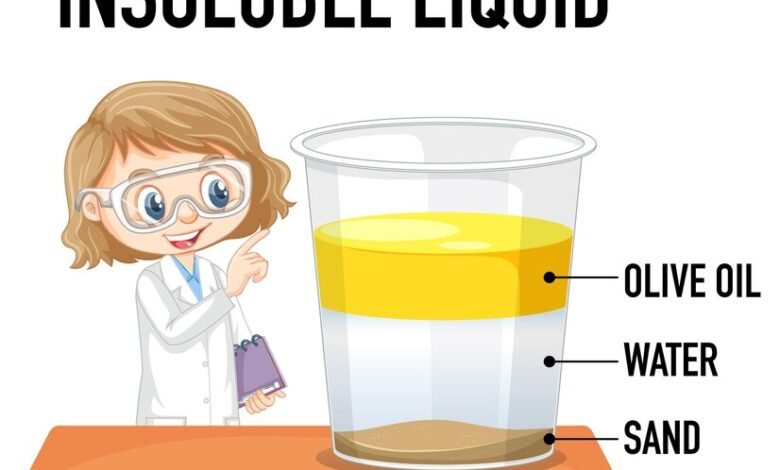200 ml to oz: A Complete Guide for Fluid Conversion

When following recipes from around the world, you may have encountered measurements that don’t match the units you use. Whether you’re a home cook, a baking enthusiast, or someone trying their hand at international cuisine, fluid conversions like converting 200 ml to oz can feel confusing. But don’t worry—it’s simpler than you think!
By the end of this post, you’ll know exactly how to convert milliliters (ml) to ounces (oz), avoid common mistakes, and even learn a trick or two for accurate measurements. Let’s get started.
Understanding Fluid Conversions
Fluid conversions are essential in cooking and baking, especially when following recipes from different countries. The milliliter (ml) is a metric unit of measurement, while the ounce (oz) is a commonly used unit in the imperial system. Since recipes don’t always provide conversions, knowing how to switch between the two is a valuable skill for anyone working in the kitchen.
But why do you need to convert measurements accurately? Precision matters in cooking, particularly in baking, where exact quantities can be the difference between a delicious cake and a disappointing one.
What Are Milliliters (ml)?
Milliliters are part of the metric system, which is the standard in most countries around the world. It’s a unit used to measure volume, especially for liquids.
- 1 milliliter equals one-thousandth of a liter.
- Common items measured in ml include water, milk, or oils in recipes.
For reference, a standard teaspoon holds about 5 ml.
What Are Ounces (oz)?
Ounces, used primarily in the United States, measure volume in the imperial system. However, it’s essential to note there are two types of ounces used to measure liquids:
- Fluid ounces (fl oz): These measure liquid volume, which is our focus for this guide.
- Weight ounces: A completely separate unit used to measure mass, not relevant here.
For context, 1 fluid ounce equals approximately 29.5735 milliliters.
Converting 200 ml to oz – The Formula
Now that we’ve covered the basics, let’s tackle the big question—how do you convert 200 ml to oz?
The general formula for converting milliliters to ounces is simple:
Ounces = Milliliters ÷ 29.5735
Using this, converting 200 ml becomes:
200 ÷ 29.5735 = 6.7628 fl oz
Therefore, 200 ml equals approximately 6.76 fluid ounces.
Step-by-Step Conversion Guide
Here’s a simple step-by-step method to follow anytime you need to convert milliliters to ounces.
- Determine the Volume in Milliliters: Start with the volume you want to convert (e.g., 200 ml).
- Divide by the Conversion Factor: Divide the milliliter quantity by 29.5735. (You can round off this number to 29.57 for simplicity, though it might reduce accuracy slightly.)
- Round Off the Result: For practical kitchen use, round to two decimal places. For example, 6.7628 becomes 6.76.
And voila, you’ve got your answer!
Practical Examples and Uses
Still wondering when you’d need to use this conversion? Here are a few practical examples to make it clear:
- Following a Recipe: A popular UK recipe calls for “200 ml of milk,” but your measuring tools only show ounces.
- Mixing Cocktails: Say a drink recipe lists ingredients in ml, but your jigger measures volume in ounces.
- Measuring Water Intake: Tracking hydration goals often requires switching between liters, milliliters, and ounces.
Having the know-how to switch between units will elevate your time in the kitchen.
Tips for Accurate Conversions
Accuracy is key when making fluid conversions. Here are some tips to help ensure you’re on point every time:
- Invest in Dual-Scale Measuring Cups: These show both metric (ml) and imperial (oz) units, eliminating the need for manual conversions.
- Use an Online Conversion Tool: When in doubt, reliable calculators can do the math for you.
- Double-Check the Type of Ounce: Remember, there’s a difference between weight ounces and fluid ounces.
Tools and Resources
Whether you’re a beginner or an experienced cook, these tools will make fluid conversions a breeze:
- Measuring Cups and Spoons: Available in metric and imperial measurements.
- Digital Kitchen Scales: Many models include fluid measurement modes for liquids like water or oil.
- Conversion Apps/Websites: Handy and accurate options like ConvertUnits or Omni Calculator can handle even complex conversions.
Common Mistakes to Avoid
Avoid these pitfalls when measuring liquids to ensure your cooking remains precise:
- Mixing Up Weight and Fluid Ounces: Always check that the unit matches your intended measurement.
- Skimming Over Recipe Notes: Some recipes already include conversions—always read the fine print!
- Using the Wrong Tools: A teaspoon is a poor substitute for a measuring cup when accuracy matters.
By staying mindful of these issues, you’ll avoid unnecessary headaches when converting units.
Perfecting Fluid Conversions in Your Recipes
Understanding conversions like 200 ml to oz might seem minor, but it’s a game-changer for anyone who follows international recipes or dabbles in global cuisines. Beyond just cooking, a strong grasp of fluid measurements makes you more confident in the kitchen overall.
Want to take things further? Consider using advanced tools to streamline your measurement needs or bookmark this post for quick reference. With practice, you’ll never second-guess a recipe conversion again!
Happy cooking, and may your culinary adventures always be perfectly measured.



